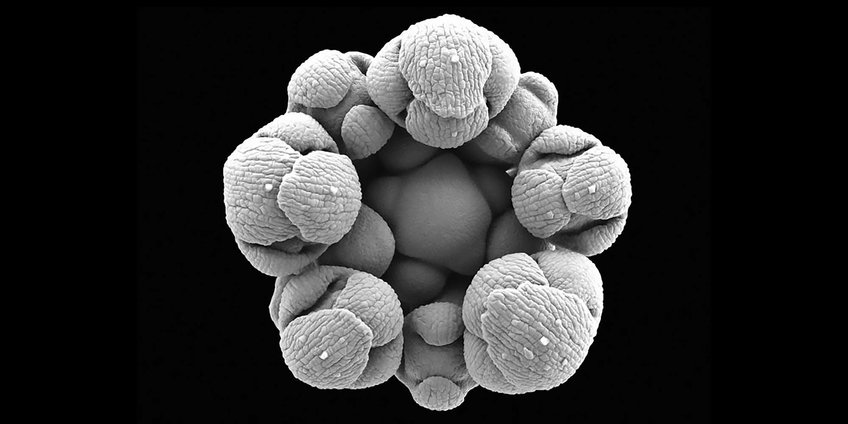
Department of Plant Developmental Biology
Plants grow in diverse habitats, and they constantly monitor environmental conditions such as light, temperature and nutrient availability to modulate their development accordingly. Most importantly, this plasticity in response to their surroundings enables plants to initiate reproduction at an appropriate time. This ensures that an optimal number of progeny is produced, which contributes to adaptation of natural populations to particular locations and maximizes the yield of crop plants in agricultural contexts.
In the department, we study the mechanisms that control seasonal plant reproductive development in response to environmental signals in the model species Arabidopsis thaliana. We characterize the key regulatory genes and proteins involved in the floral transition using a wide range of genetic, molecular-genetic, cellular and biochemical and imaging-based approaches. This has led us to study a wider set of biological problems related to systemic signalling between plant organs, the integration of signalling pathways triggered by different environmental cues, the interaction between environmental signalling and endogenous developmental programmes, and fundamental issues of gene regulation related to chromatin modification. We are particularly interested in integrating these gene regulatory networks with the cellular and morphological changes that occur in the shoot apical meristem during the floral transition and are using quantitative approaches and modelling to understand the contributions of different regulatory pathways.
The gene regulatory network that regulates floral transition in A. thaliana has evolved differently in other species and is related to the divergence of annual and perennial life history. This has occurred within the Brassicaceae, so that annual and perennial species exist within the same genus. We therefore also study the differences in reproductive development between annuals and perennials using perennial Arabis alpina, a relative of A. thaliana, and closely related Arabis annual species. The evolution of flowering in response to different environmental conditions also affects the geographical range of A. thaliana and A. alpina and plant adaptation at the population level. Therefore, we also study the adaptation and evolution of A. alpina across its wide habitat range using population genetics methods.
The joint activities of the different research groups within the department form a collaborative, multi-disciplinary environment in which to study plant reproductive development.